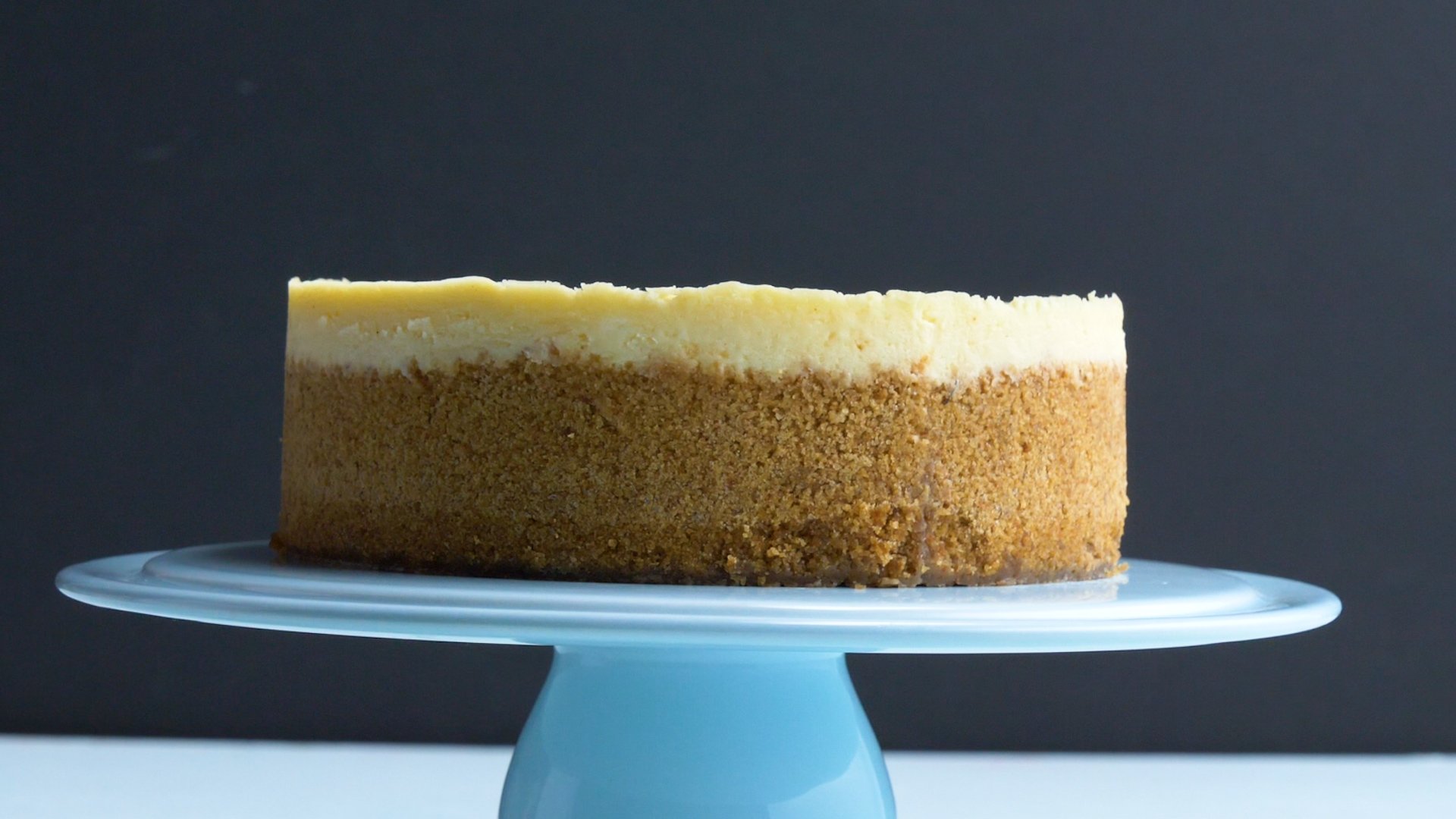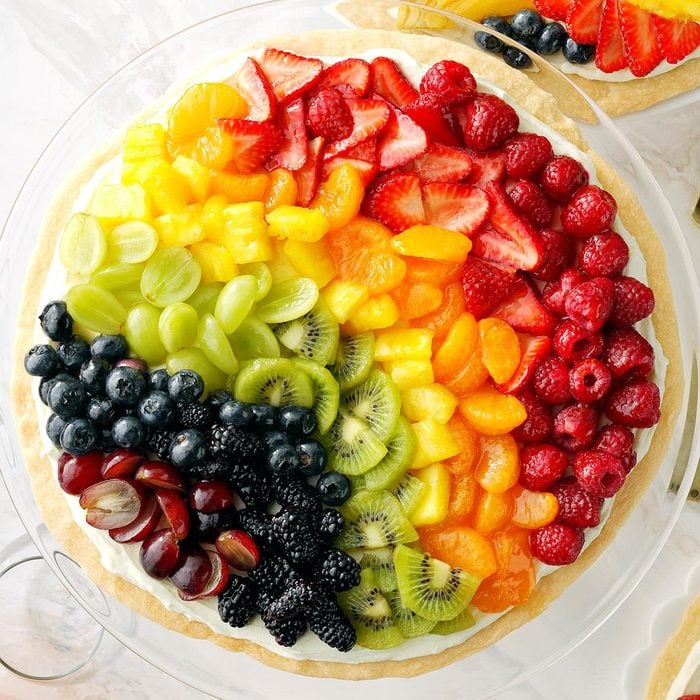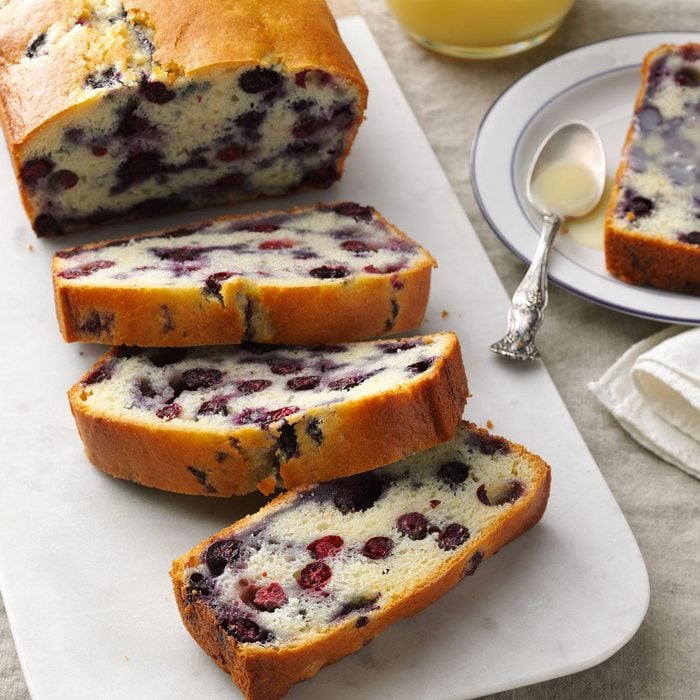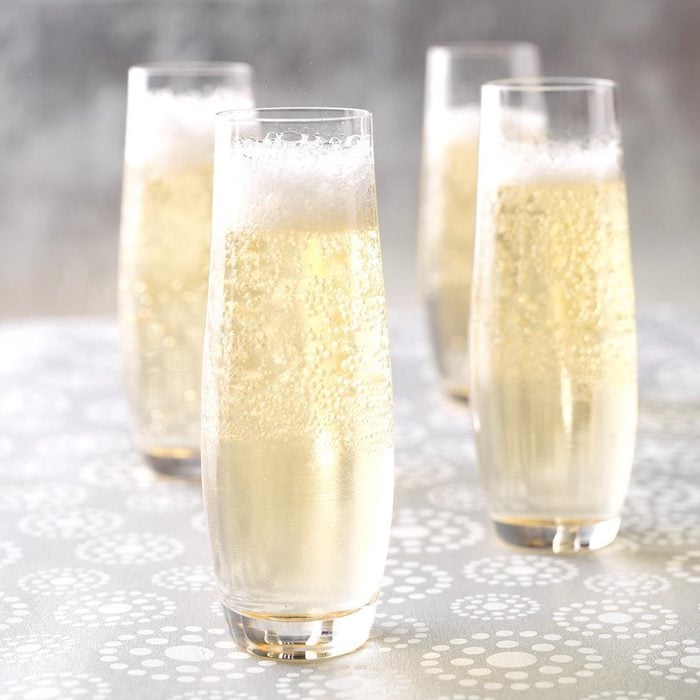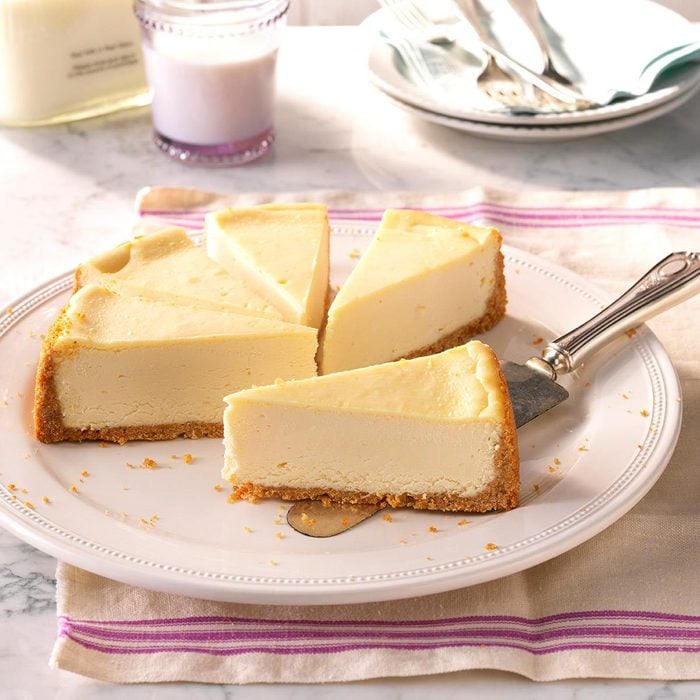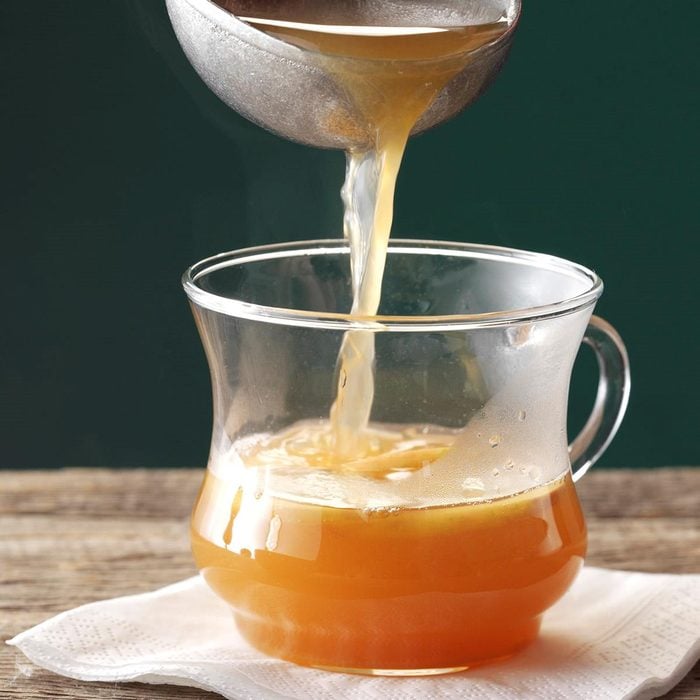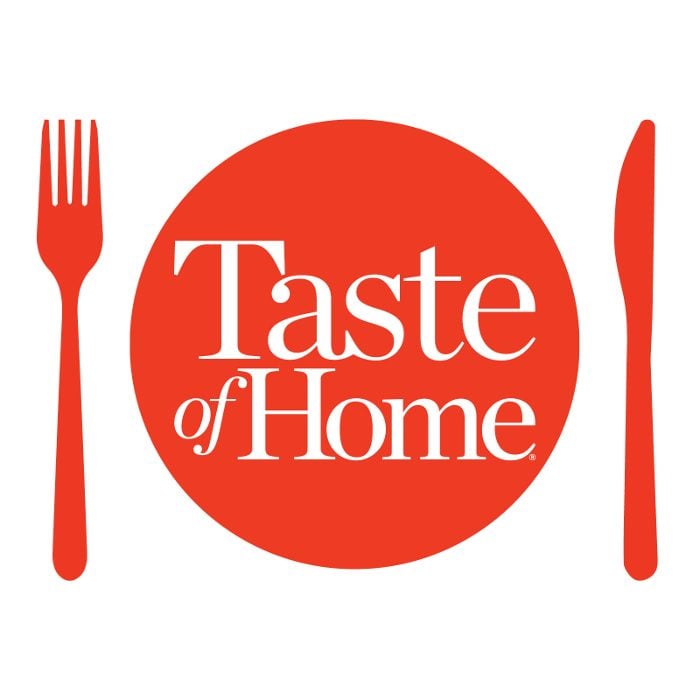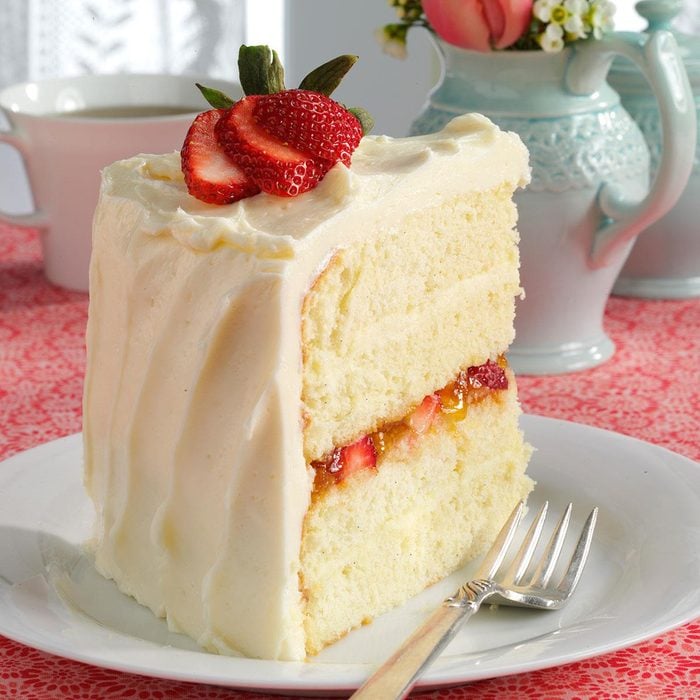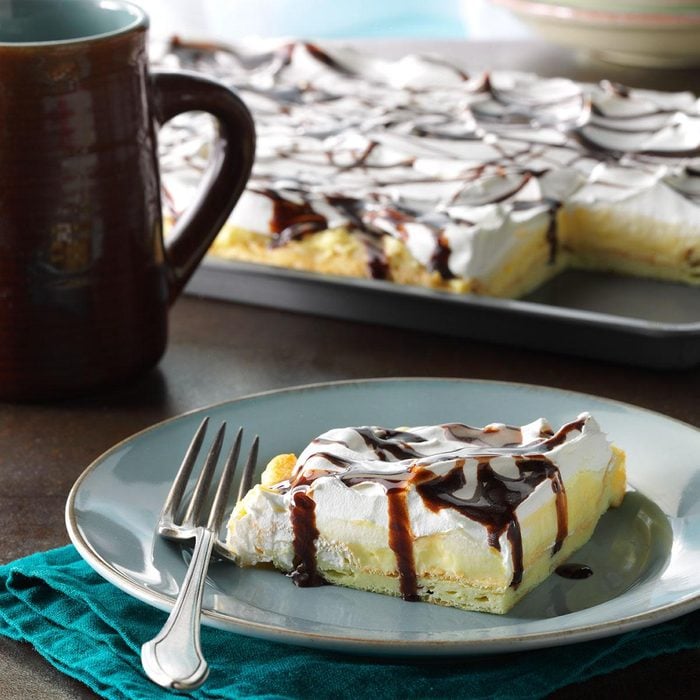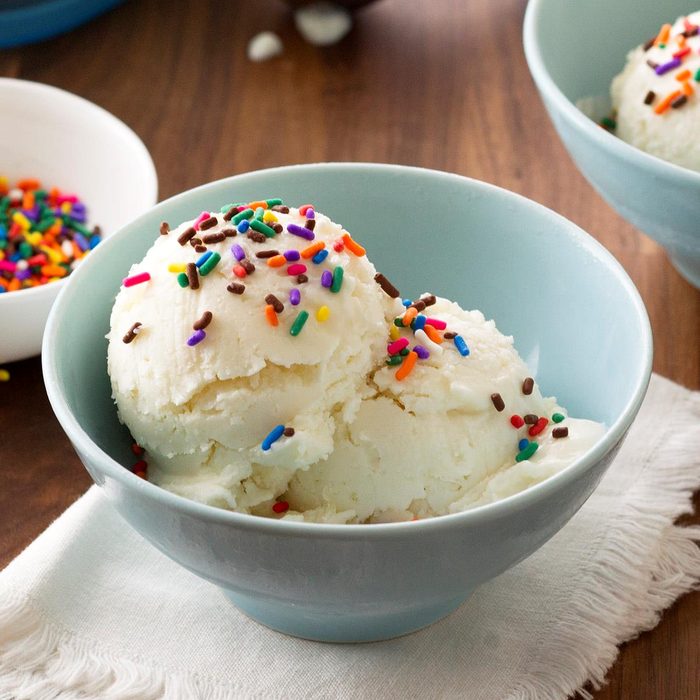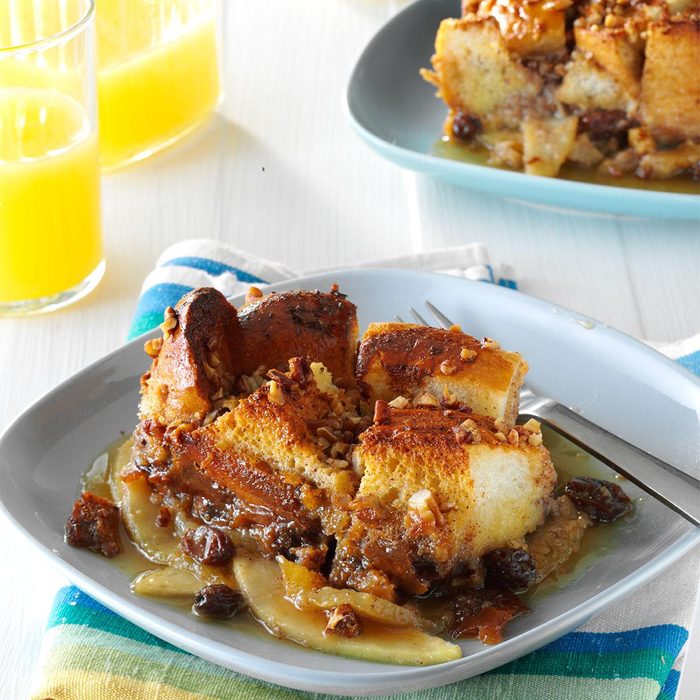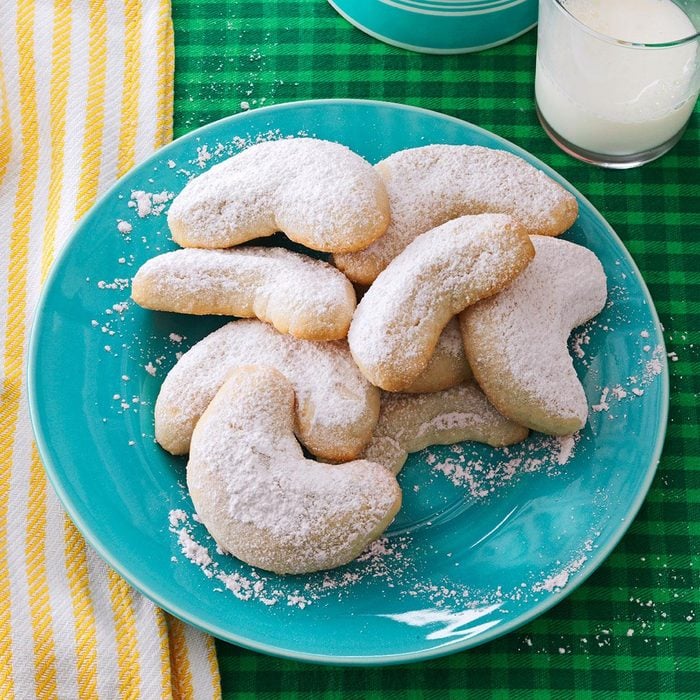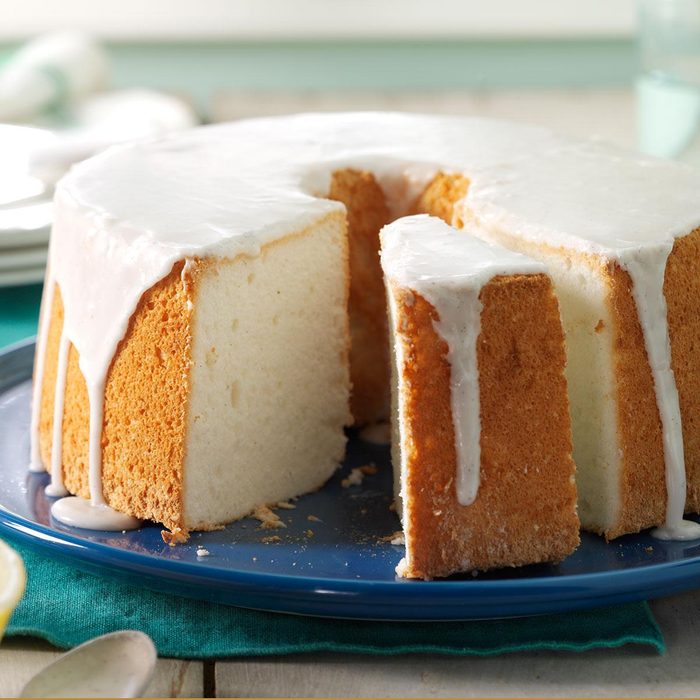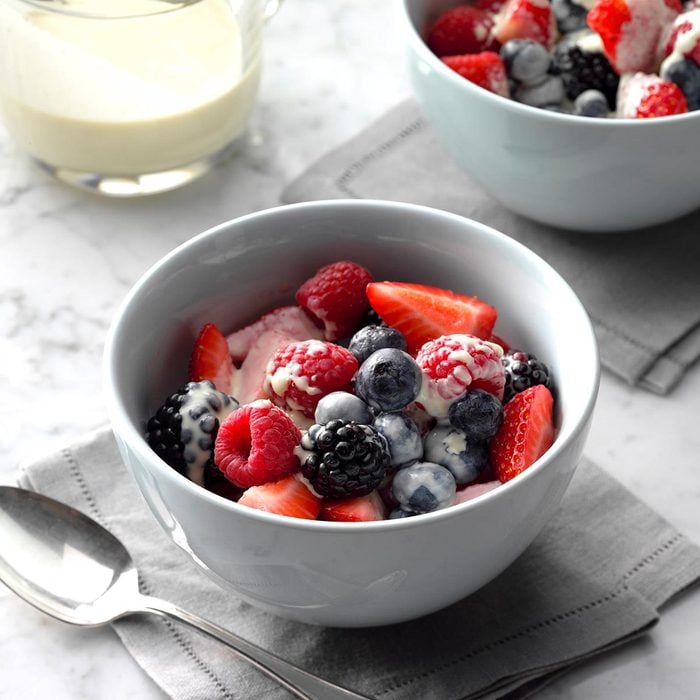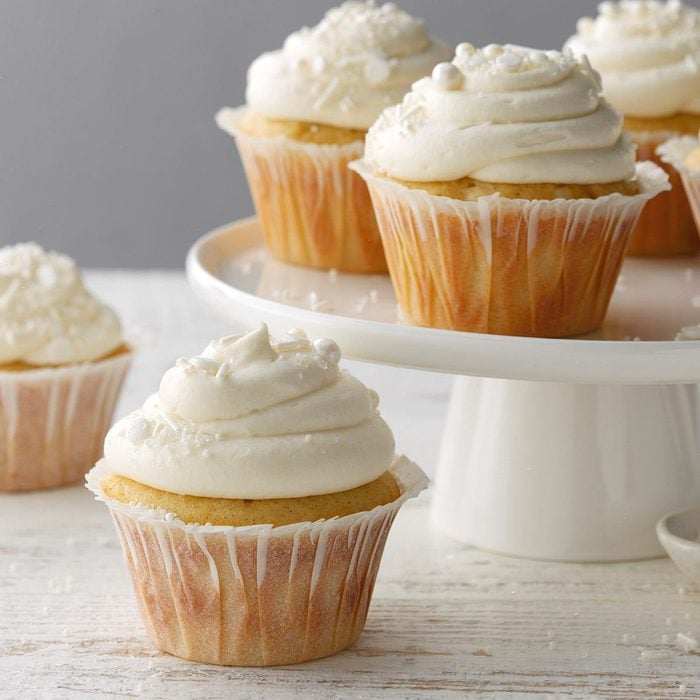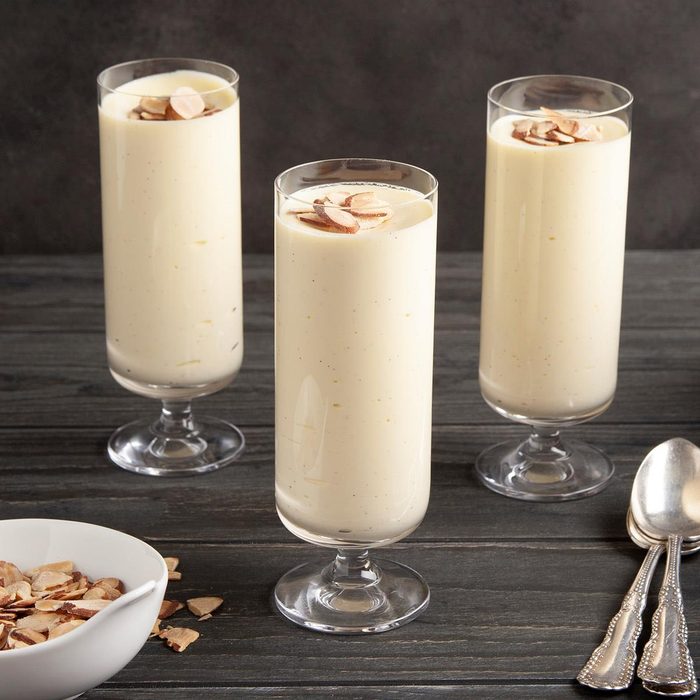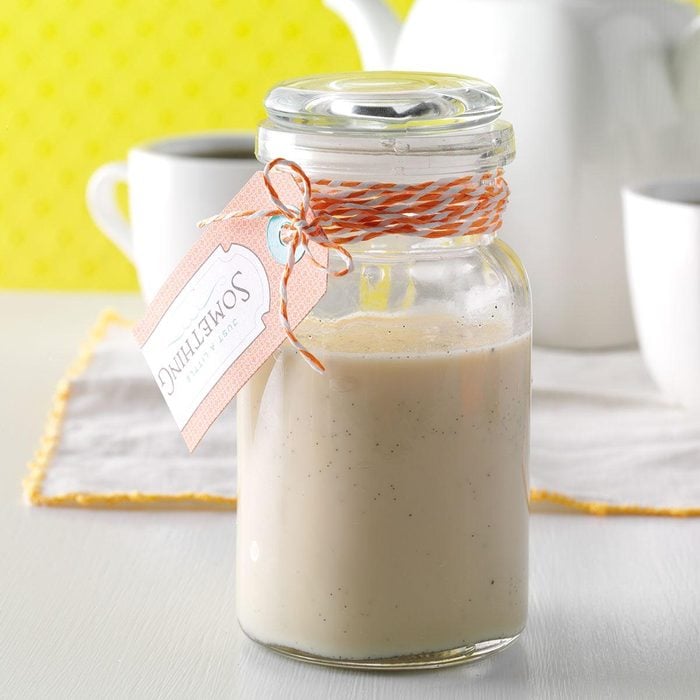Vanilla is one of those things I took for granted growing up. There was always a small bottle of vanilla extract in the pantry, and I learned the hard way that it smells much better than it tastes! Today, gourmet markets offer all kinds of vanilla products, from whole beans to vanilla bean paste. Some of these products cost a pretty penny, which begs the question: How do you know what kind of vanilla is best?
What Is Vanilla?
Your vanilla paste and extracts are made from vanilla beans. The bean itself grows on the vanilla orchid, a vine-like plant that wraps around tall trees. It’s a picky plant that only grows within 10 and 20 degrees of the equator. The sweet spot? Madagascar. Specialty brands like Nielsen-Massey also sell vanilla sourced from Mexico, Tahiti, Uganda and Indonesia.
Vanilla Beans
To infuse the purest, most intense vanilla flavor into your baked goods, go straight to the source and use a vanilla bean pod. It should be shiny and plump, and it’s best to store vanilla beans wrapped in aluminum foil to keep the light from spoiling the goods inside. You won’t want to keep these in the pantry for more than a few months; if it dries out, it will no longer contain the oils that make it so aromatic and flavorful.
When to use: If vanilla is the star of the show, it’s totally worth it to splurge on vanilla beans. Give it a try in vanilla bean cupcakes or a vanilla bean fizz.
How to use: Using a sharp paring knife, split the vanilla bean in half. Scrape out the seeds using the dull side of the knife and use them immediately. Don’t throw away the pod! You can simmer it in milk or cream, or store it in sugar to make vanilla sugar.
Conversion: One vanilla pod equals 3 teaspoons of vanilla extract or vanilla bean paste.
Vanilla Bean Paste
If you don’t have time to scrape vanilla beans, or you won’t use them before they dry out, vanilla bean paste is a great alternative. While it’s offered by only a few companies, including Nielsen-Massey and the Spice House, our Test Kitchen pros agree it’s worth the search. It’s made by blending concentrated vanilla extract and vanilla bean powder, creating a paste with a maple syrup-like consistency. You’ll find the paste contains flecks from the pod and has a more intense flavor than extract. Be sure to check the ingredients label before picking up vanilla bean paste, as some companies use sugar or corn syrup as a binder.
When to use: If you want to see black vanilla flecks in your baked goods but you don’t want to spend the money on whole vanilla beans, reach for the paste. Use it next time you make a vanilla bean angel food cake or vanilla ice cream.
How to use: Grab a clean teaspoon and dig it straight into the jar. Some of the paste will stick to the spoon, so use your fingers or a silicone spatula to make sure to capture every last bit.
Conversion: Every batch of vanilla paste varies in terms of concentration, so check on the side of the jar to find out how much to use. But, in general, you can use the equal amounts of paste as you would of vanilla extract.
Vanilla Extract
Vanilla extract is the most affordable type of vanilla. Some extracts are made from whole beans, while others are made from the pods after the specks are removed. The vanilla is macerated with alcohol and water, infusing its flavor into the liquid and stretching it to make it last longer.
When shopping for vanilla extract, look for the word “pure” on the label. The imitation stuff isn’t as flavorful, and it also has a weird aftertaste. Find out which vanilla extract to use in your recipe.
When to use: Most recipes that call for vanilla extract use it as a flavoring agent, but it’s not necessarily the dominant flavor. If you’re whipping up a batch of chocolate chip cookies, it’s probably okay to use extract.
How to use: Pour the extract out of the bottle into a clean teaspoon. Since the liquid is so thin, it shouldn’t stick to the measuring spoon.
Conversion: Each teaspoon of vanilla extract equals 1 teaspoon of vanilla bean paste or a 2-inch piece of vanilla bean.
Vanilla Recipes That Are Anything But Boring
Pressure Cooker Very Vanilla Cheesecake
Cinnamon and vanilla give this cheesecake so much flavor, and making it in the pressure cooker creates a silky, smooth texture that's hard to resist. —Krista Lanphier, Milwaukee, Wisconsin
Get Recipe
Fruit TartIt's well worth the effort to whip up this creamy fruit tart bursting with juicy berries. A friend gave me the recipe, and it always receives rave reviews at gatherings. —Susan Terzakis, Andover, Massachusetts
Blueberry Quick Bread with Vanilla SauceThis loaf is chock-full of blueberries—two whole cups! When you pour the vanilla sauce over the bread, it makes it moist--almost like a pudding. I suggest serving a robust cup of coffee with this delicious treat. —Sue Davis, Wausau, Wisconsin
Vanilla Bean FizzA homemade vanilla bean syrup from our home economists fabulously flavors Champagne. The bubbly beverage is ideal for holidays throughout the year.
Rum Vanilla Cranberry SauceCranberry sauce is one of my favorite things—this jazzed-up version combines vanilla with rum to create a rich flavorful sauce that's far from the usual! —Ashley Lecker, Green Bay, Wisconsin
Vanilla & Cinnamon-Kissed Apple LatkesLatkes are crispy fried pancakes, often made with potatoes. But this sweet version with apples, orange juice, cinnamon and vanilla falls in the dessert realm. —Candy McMenamin, Lexington, South Carolina
Vanilla CheesecakeTo me, there is nothing better than a simple, elegant cheesecake where the vanilla takes center stage. And when I'm feeling decadent, I'll add the rich chocolate ganache topping. —Ellen Riley, Murfreesboro, Tennessee
Vanilla Citrus CiderMy mom used to make cider for the holidays, so I based my citrus-vanilla variation on her recipe. I think it hits the spot! The longer the cider simmers, the stronger the flavors will be.—Kristin Weglarz, Bremerton, Washington
Easy Vanilla Buttercream FrostingAfter trying a few buttercream frosting recipes, this easy vanilla buttercream frosting takes the cake with its unmatchable homemade taste. With a few simple variations, you can come up with different colors and flavors. —Diana Wilson, Denver, Colorado
Vanilla Ice Cream RecipeOur vanilla ice cream recipe is perfect for those who have never made ice cream in their life, as well as ice cream aficionados looking for a go-to, tried-and-true recipe to keep in their back pocket.
Vanilla WafersThis easy recipe for vanilla wafers creates buttery cookies that are equally chewy and crispy. Our seven-ingredient recipe yields more than three dozen cookies in only 35 minutes.
Meringue CookiesOur perfectly crunchy, delicate and sweet meringue cookies can be made with just five staple ingredients.
Vanilla Almond Hot CocoaTreat your family to this comforting, homemade cocoa as you decorate the tree or open holiday gifts. Vanilla and almond extracts make it taste even more special. —Vicki Holloway, Joelton, Tennessee
Vanilla Bean Cake with White Chocolate GanacheFor a distinctive dessert with unforgettable flavor, I recommend this cake. Feel free to substitute your favorite jam and lend your own touch to this signature treat. —Lisa Bogar, Coventry, Vermont
Vanilla Cream Puff DessertInspired by classic cream puffs, this recipe is a wonderful treat. I've served it at holidays, birthday parties and Cub Scout banquets. I'm a regular baker, and this dessert is one of my all-time favorites. —Denise Wahl, Homer Glen, Illinois
Homemade Vanilla ExtractHomemade vanilla is fun to give in decorative bottles with attractive labels. Share it with special friends who like to cook or bake. —Becky Jo Smith, Kettle Falls, Washington
Frozen YogurtIt's so simple and easy to make your own frozen Greek yogurt, you might even want to get the kids in on the fun. —Taste of Home Test Kitchen
Pear-Stuffed French Vanilla ToastMy handyman, who is originally from Nicaragua, shared this classic breakfast dish his mother used to prepare. He says he makes it frequently for his children and they clean their plates! —Gail Borczyk, Boca Raton, Florida
Vanilla CrescentsThese cookies are especially cozy at Christmastime, but are wonderful all year long. Try them dipped into hot tea or coffee.—Cara McDonald, Winter Park, Colorado
Vanilla Bean Angel Food CakeAngel food cake is everyone’s favorite blank slate for making awesome desserts. Serve it with a simple glaze or pile on fresh fruit, chocolate sauce or nutty sprinkles. —Leah Rekau, Milwaukee, Wisconsin
Berries with Vanilla CustardWhat a simple, delectable way to enjoy fresh raspberries. For a change, also try the custard with strawberries or peaches. —Sarah C. Vasques, Milford, New Hampshire
Vanilla Bean CupcakesMy son loves these vanilla bean cupcakes! Flecks of vanilla bean in the moist, tender cupcakes give them special-occasion status. —Alysha Braun, St. Catharines, Ontario
Almond-Vanilla Yogurt ParfaitsI’m a night-shift nurse. When I get home, I make a crunchy parfait with yogurt for a protein boost before heading off to a good day’s sleep. —Meredith Brazinski, Neptune, New Jersey
Vanilla White Chocolate MousseI needed a quick dessert for my daughter's bridal shower, and a co-worker gave me this vanilla mousse recipe. It's so pretty with almonds and raspberries on top. —Marina Castle, Canyon Country, California
Fudge-Filled Vanilla CakeFor my husband’s birthday cake, I used white chocolate pudding mix as part of the cake’s topping. Guests rated this fluffy cake excellent. —Linnea Ledgister, Wausau, Wisconsin
Vanilla Coffee CreamerFlavored coffee creamer drives my husband nuts. Even so, I still make this classic vanilla one all the time. It’s better (and cheaper) than store-bought—and
I know exactly what’s in it! —Shauna Sever, San Francisco, California






















